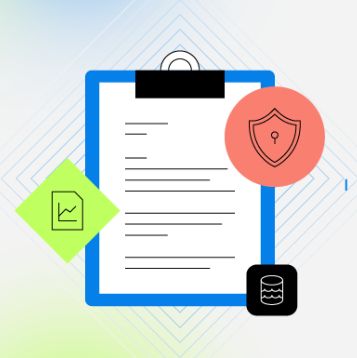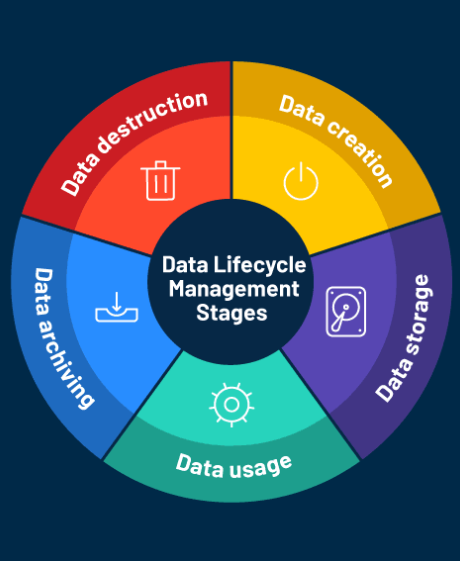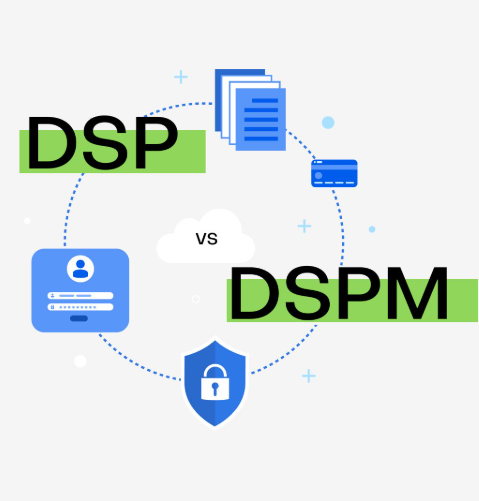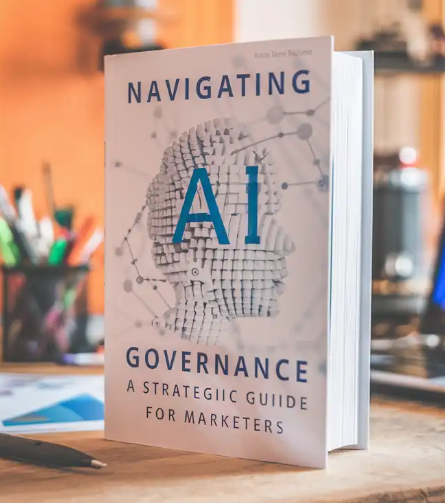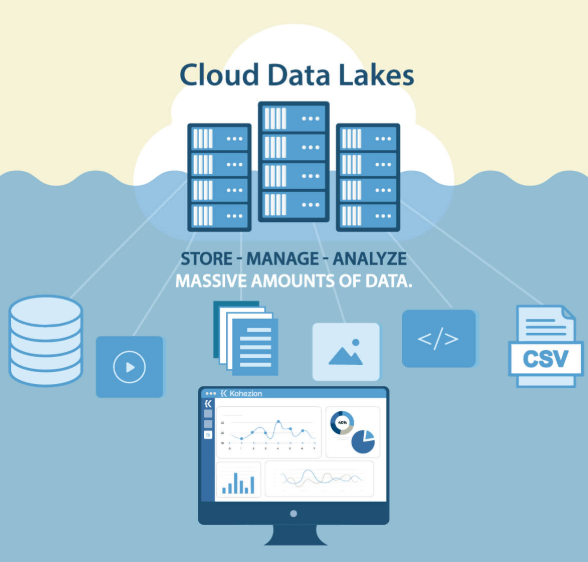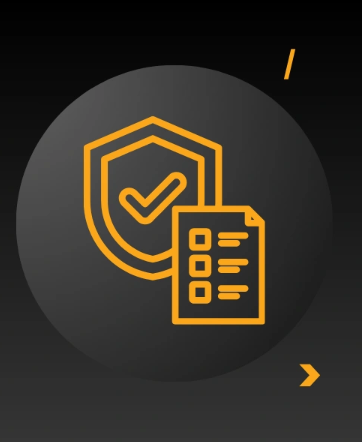
In an era dominated by cyber threats and data breaches, organizations must implement a comprehensive strategy for data security. Data Security Posture Management (DSPM) plays a vital role in ensuring robust security measures, while Artificial Intelligence (AI) provides innovative solutions that can improve the effectiveness of these efforts. A crucial element linking DSPM and AI is data governance. In this article, we’ll explore how these three components are interconnected and why they are essential for safeguarding sensitive data.
What is Data Security Posture Management?
Data Security Posture Management (DSPM) involves continuously assessing and enhancing an organization’s data security policies. It includes risk evaluations, monitoring, and ensuring compliance to protect confidential information. DSPM aims to identify vulnerabilities, enforce security protocols, and maintain adherence to relevant regulations, making it a cornerstone of modern organizational security strategies.
What is Data Governance?
Data governance refers to the management of data’s availability, usability, integrity, and security within an organization. It establishes procedures and policies for handling data responsibly and ensures compliance with regulations. A strong data governance framework is essential for supporting DSPM efforts, making data management more efficient and organized.
How DSPM, AI, and Data Governance Work Together
1. Improving Data Quality and Integrity
AI can significantly enhance data governance by automating many processes that ensure data accuracy and completeness. Machine learning algorithms, for instance, can help continuously monitor data, detect inconsistencies, and correct them in real-time. High-quality data is a fundamental requirement for effective DSPM, as it enables precise risk assessments and informed security decisions.
2. Automating Compliance Monitoring
With regulations constantly changing, staying compliant is an ongoing challenge. AI can streamline the compliance monitoring process within a data governance framework by automatically checking data against regulatory standards. This helps ensure that organizations are not only protecting their data but also meeting legal requirements—crucial for maintaining a robust DSPM strategy.
3. Identifying and Managing Risks
Data governance sets clear protocols for data access and usage. By integrating AI into these processes, organizations can analyze patterns in data access and detect unusual activities that might signal security threats. This proactive approach allows firms to address vulnerabilities before they become issues, enhancing DSPM by preventing data breaches and attacks.
4. Enhancing Incident Response
Effective data governance plays a crucial role in responding to data breaches swiftly. AI can be utilized to analyze the compromised data and determine the cause of the breach. This quick identification helps organizations implement corrective measures more efficiently, minimizing the damage and restoring operations faster.
5. Automating Data Classification and Sensitivity Assessment
Data governance frameworks help classify data based on its sensitivity level. When combined with AI, this process can be automated, ensuring sensitive data is accurately labeled and securely protected. This not only aids in meeting compliance requirements but also bolsters the overall security posture by focusing resources on the most vulnerable data.
Why This Connection is Vital for Organizations
1. Proactive Security
By integrating AI with data governance practices, organizations can detect potential threats before they escalate. This proactive approach strengthens DSPM efforts, creating a more resilient security environment.
2. Optimizing Resources
AI automates routine data governance tasks, enabling security teams to focus on higher-level strategic initiatives. This resource optimization leads to more efficient operations and reinforces the security posture.
3. Ensuring Regulatory Compliance
As regulations surrounding data protection become stricter, combining DSPM with AI-powered data governance ensures that organizations remain compliant. This reduces the risk of legal consequences and bolsters the organization’s reputation.
4. Data-Driven Decision Making
AI-driven data governance provides valuable insights that help organizations make informed decisions regarding their data management and security protocols. These data-backed decisions align with broader business goals and strategies.
Conclusion
The integration of Data Security Posture Management, Artificial Intelligence, and data governance is a critical step for organizations looking to improve their data protection efforts. By leveraging AI to enhance data governance frameworks, businesses can ensure higher data quality, automate compliance, and proactively manage risks. In a world where cyber threats are becoming increasingly sophisticated, this integrated approach is key to securing sensitive data and maintaining compliance with ever-evolving regulations.













